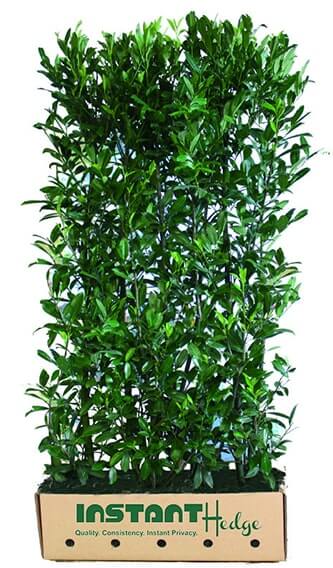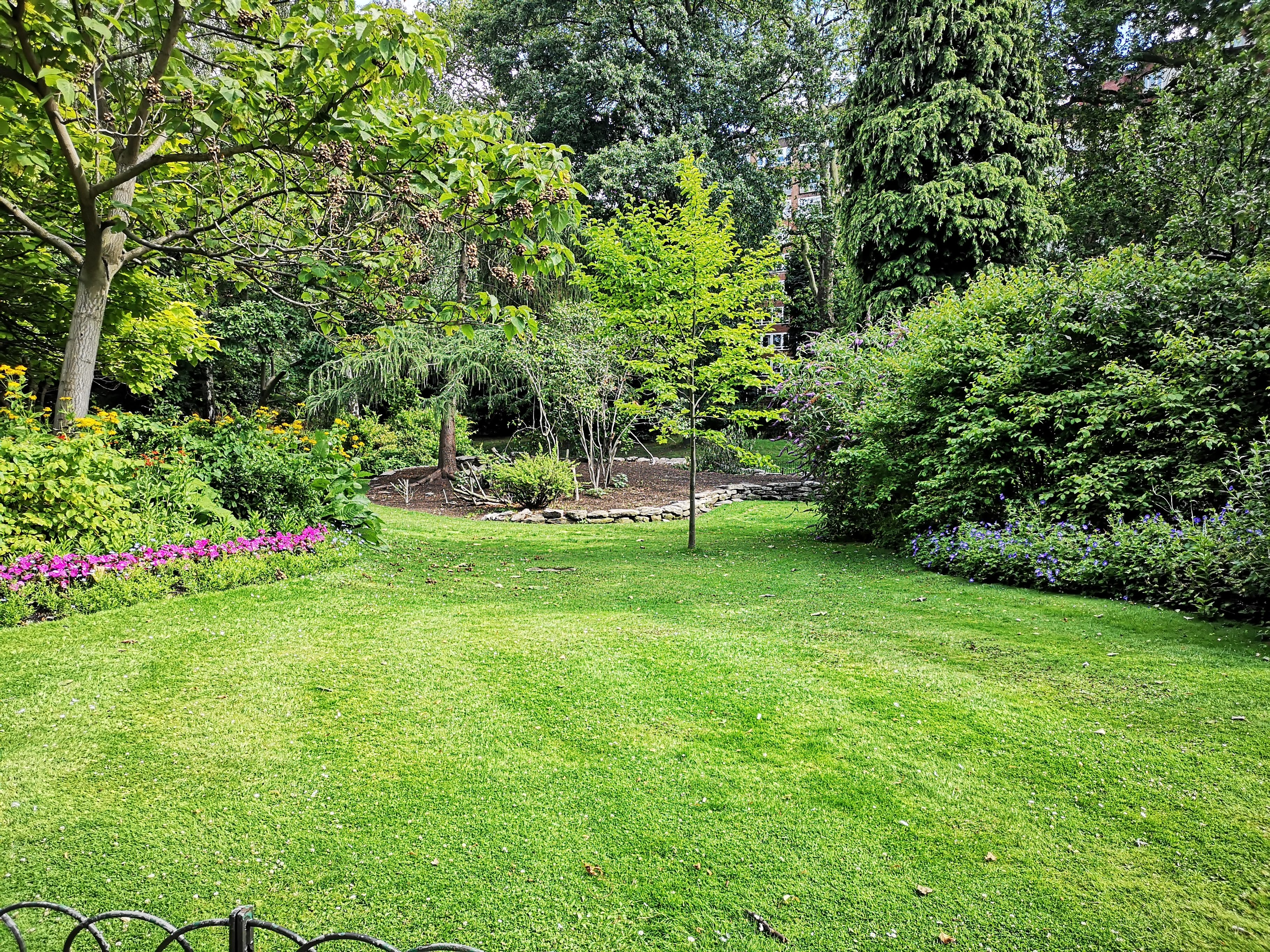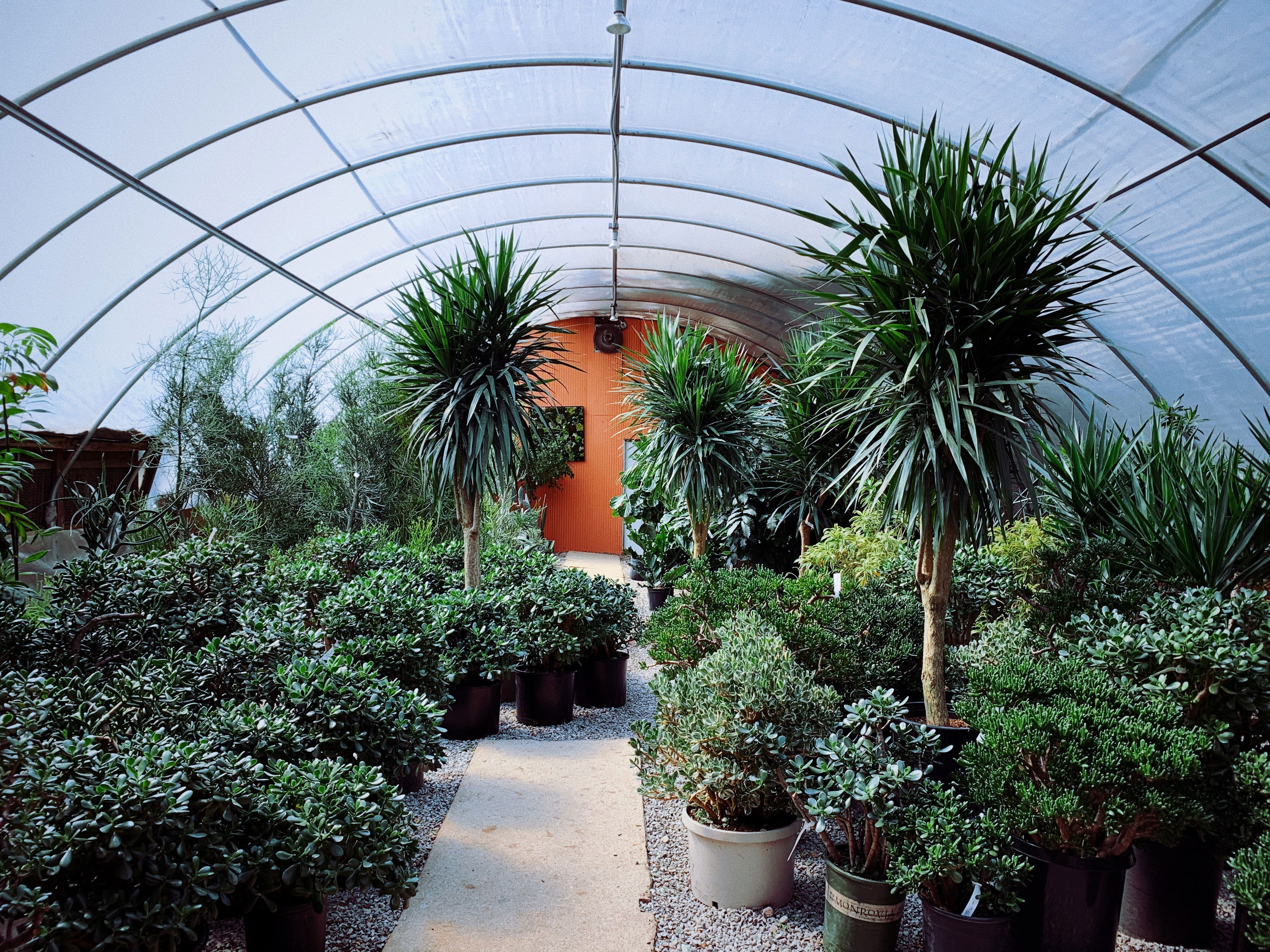Schip Laurels for your beautiful gardens. Here's an exclusive guide to Schip Laurels from planting, pruning and more.

Privacy Hedges To Keep Away Nosy Neighbors
Do you have nosy neighbors who are always looking for a chance to snoop around your property? If so, you may want to consider planting some privacy hedges. These can provide a visual barrier that will discourage nosey people from trying to peek into your yard or windows.
There are many different types of plants that can be used for privacy hedges, so you’ll need to choose ones that will do well in your climate and soil type. Some popular choices include Schip laurel, boxwoods, holly, yews, and evergreens. You can also mix and match different plant types to create a more interesting hedge.
When it comes to planting privacy hedges, the best time to do it is in the spring or fall. This will give the plants a chance to establish themselves before the hot summer weather arrives. You’ll need to water them regularly during the first growing season to make sure they don’t dry out.
After your privacy hedges have been in place for a few years, you can trim them into whatever shape you like. This will help keep them looking neat and tidy while still providing the desired level of privacy.
Evergreen Hedges for Homes

There are many different types of evergreen hedges, but some of the most popular choices include arborvitae, cypress, and juniper. These plants are all very hardy and can withstand harsh winters. They also don’t require a lot of pruning, which makes them low-maintenance options for busy homeowners. Our recommendations-
1. Arborvitae is a good choice for privacy hedges because it grows quickly and can reach heights of up to 30 feet. It has a dense growth habit, so it can provide a solid barrier between your property and nosy neighbors.
2. Cypress is another fast-growing evergreen that is often used for privacy hedges. It has a pyramidal shape and can reach heights of 40 feet or more.
3. Juniper is a slower-growing evergreen, but it is very drought-tolerant and can survive in a wide range of soil types. It is also one of the most affordable evergreen options for privacy hedges.
4. Schip Laurel or Cherry Laurel

(Prunus laurocerasus 'Schipkaensis') is an evergreen shrub that grows up to 6 feet tall and 8 feet wide. It has dark green, glossy leaves and white flowers that bloom in the spring.
The best time to plant privacy hedges is in the spring or fall. This will give the plants a chance to establish themselves before the hot summer weather arrives. You’ll need to water them regularly during the first growing season to make sure they don’t dry out.
Planting Privacy Hedges

When you’re ready to plant your privacy hedges, dig a trench that is twice as wide as the root ball of the plants. This will give them plenty of room to spread out and grow. Space the plants evenly along the trench and backfill with soil. Water well and mulch around the base of the plants to help keep the roots cool and moist.
Water your privacy hedges regularly during the first growing season to make sure they don’t dry out. After that, they should only need watering during periods of extended drought.
Fertilize your hedges in the spring with a balanced fertilizer to help them grow strong and healthy. You can also add compost or manure to the soil around the plants to give them an extra boost.
Pruning Privacy Hedges

Most privacy hedges will need to be trimmed at least once a year to keep them looking their best. The best time to trim evergreens is in late spring or early summer. Deciduous plants can be trimmed in late summer or early fall. Here are some tried and tested tips-
1. Use sharp pruning shears to make clean cuts on the stems of your hedge plants.
2. Avoid cutting more than one-third of the overall height of the plants so they don’t become too stunted.
